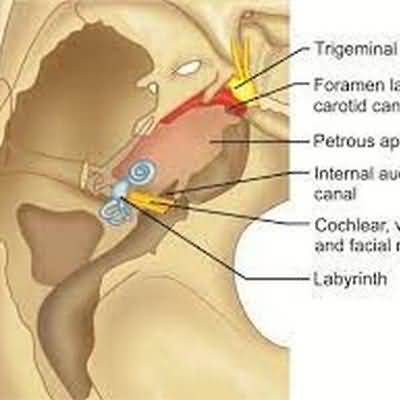sialolithiasis
sialolithiasis
Calculus formation is more common in Wharton duct (draining the submandibular glands) than in Stensen duct (draining the parotid glands)
Clinically, a patient may note postprandial pain and local swelling, often with a history of recurrent acute sialadenitis
Stones in Wharton duct are usually large and radiopaque, whereas those in Stensen duct are usually radiolucent and smaller
Those very close to the orifice of Wharton duct may be palpated manually in the anterior floor of the mouth and removed intraorally by dilating or incising the distal duct
Those more than 1
5–2 cm from the duct are too close to the lingual nerve to be removed safely in this manner
Similarly, dilation of Stensen duct, located on the buccal surface opposite the second maxillary molar, may relieve distal stricture or allow a small stone to pass
Sialoendoscopy for the management of chronic sialolithiasis is superior to extracorporeal shockwave lithotripsy and fluoroscopically guided basket retrieval
Repeated episodes of sialadenitis are usually associated with stricture and chronic infection
If the obstruction cannot be safely removed or dilated, excision of the gland may be necessary to relieve recurrent symptoms


















